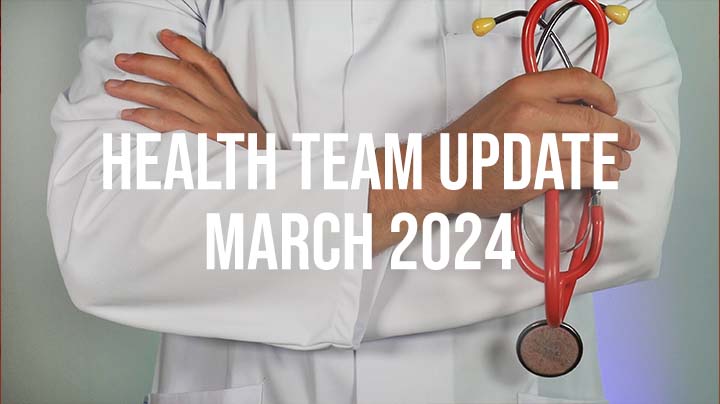The Centers for Disease Control and Prevention (CDC) announced March 1 that it would wind down much of its remaining guidance specifically targeted at COVID-19. The biggest change in this is a loosening of its recommendation regarding how long people should isolate after testing positive for the coronavirus.
“COVID-19 remains an important public health threat, but it is no longer the emergency that it once was, and its health impacts increasingly resemble those of other respiratory viral illnesses,” the CDC said in a report justifying its decision. They cited improvements in the rates of hospitalizations and deaths inflicted by the virus this past season for the change in its recommendations.
The CDC’s new guidance says everyone who is at higher risk should seek out testing when they develop symptoms. It’s important that you test if you think you have COVID so that you can gain access to the prescription drug Paxlovid in order to reduce your risk of hospitalization and long COVID. Testing can also help protect those around you from COVID. Please note that the federal government has extended the expiration dates on many COVID at-home tests.
Previous CDC guidance was for Americans to isolate for five days after testing positive for COVID-19. That is ending, and instead, the CDC is urging people sick with symptoms of respiratory viruses to stay home until their fever has disappeared for at least 24 hours without relying on fever-lowering medications and their symptoms are improving.
For people who are sick with COVID-19 or another respiratory virus, the CDC suggests masking as part of five additional days of ramped-up precautions after they are no longer staying home, alongside distancing and improved ventilation. The agency had previously suggested wearing a mask for up to 10 days after stopping isolation when indoors near other people. “Keep in mind that you may still be able to spread the virus that made you sick, even if you are feeling better. You are likely to be less contagious at this time, depending on factors like how long you were sick or how sick you were,” the guidance says.
It is important to note that the guidance for healthcare facilities, like long-term care nursing homes, will not be changing at this time.
Instead of offering recommendations specific to COVID-19, the CDC will switch to offering a unified guidance for the respiratory illnesses of COVID-19, flu, and RSV. Much of the data the CDC had tracked on COVID-19, alongside other respiratory virus trends, like flu and RSV, will also continue to be published. A county-by-county color system that assessed the risk of COVID by county will no longer be offered.
View the CDC’s Respiratory Virus Guidelines→
You can protect yourself from COVID by making sure that you have up-to-date vaccines. Consider that about 95 percent of recent Covid-related hospitalizations in the U.S. have occurred among people who had not received an updated vaccine.
Get the 2023–2024 updated COVID-19 vaccine from Pfizer-BioNTech, Moderna, or Novavax, to protect against serious illness from COVID-19.
- Everyone aged 5 years and older should get 1 dose of an updated COVID-19 vaccine to protect against serious illness from COVID-19.
- Children aged 6 months – 4 years need multiple doses of COVID-19 vaccines, including at least 1 dose of updated COVID-19 vaccine.
- People who are moderately or severely immunocompromised may get additional doses of the updated COVID-19 vaccine. Talk to your healthcare provider.
- Learn more about COVID-19 vaccines
- Find the COVID vaccine near you
You can better protect yourself from respiratory diseases, like COVID, by wearing a mask and ventilating worship spaces. This is especially important for seniors, the immuno-suppresed, and others at-risk for COVID. You can also protect yourself from COVID by getting a Paxlovid prescription if you contract COVID.

